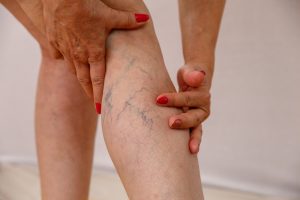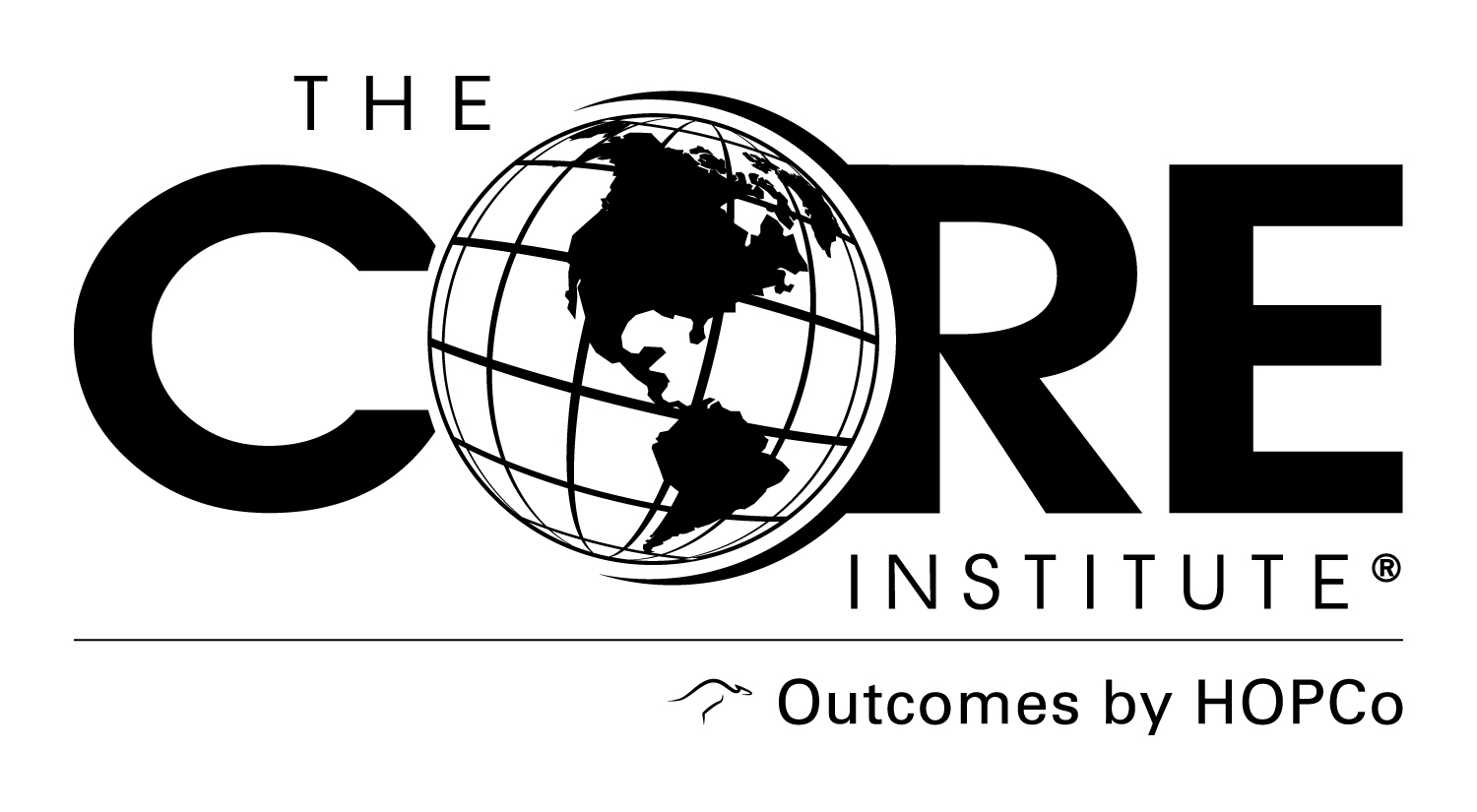What Are Spider Veins?
At The CORE Institute Vein Clinic, our Arizona vein specialists treat a wide range of vascular concerns, from minor spider veins to more complex venous conditions. Understanding what spider veins are and how they differ from other vein issues is an important first step toward maintaining healthy circulation.
Spider veins (also called telangiectasias) are small, visible blood vessels just beneath the surface of the skin. They often appear red, blue, or purple in web-like patterns, most commonly on the legs, ankles, and sometimes the face.
Although typically harmless, they can cause mild discomfort, itching, or a feeling of heaviness in their legs. Spider veins are smaller and more superficial than varicose veins, which are larger, bulging veins that may cause more significant symptoms.
 Does Standing All Day Cause Spider Veins?
Does Standing All Day Cause Spider Veins?
Standing alone isn’t the only cause of spider veins, but it can be a contributing factor.
When you stand or sit still for long periods, gravity causes blood to pool in your legs, which increases pressure inside the veins. Over time, that pressure can strain vein walls and valves, the tiny mechanisms that keep blood flowing toward your heart. If they weaken, blood may back up and cause the small vessels under the skin to dilate, becoming more visible.
So, while standing all day doesn’t directly “cause” spider veins, it can make you more prone to developing them, especially when combined with other risk factors such as:
- Genetics: Family history plays a big role.
- Hormonal changes: Pregnancy, menopause, or hormone therapy can affect vein health.
- Age: Veins naturally lose elasticity over time.
- Sun exposure: UV damage, especially common in Arizona, can affect facial veins.
- Weight and lifestyle: Extra pressure or inactivity impacts circulation.
Spider Veins in the Arizona Environment
Living in Arizona adds unique challenges for vein health. The desert heat can cause swelling, dehydration, and fluid retention, which can all worsen the look and feel of spider veins. Many people also spend long hours outdoors, increasing UV exposure and strain on the lower legs.
At The CORE Institute, our specialists often see patients whose symptoms flare up during summer or after long shifts in the heat. The good news? With a few proactive steps, you can help protect your circulation year-round.
Prevention Tips for Arizona Residents
If you’re on your feet often, these small habits can go a long way:
- Move regularly: Shift your weight, flex your calves, or take short walking breaks.
- Wear compression socks: Especially useful for those who work long hours standing or walking.
- Elevate your legs: Resting with legs above heart level encourages healthy circulation.
- Exercise consistently: Activities like walking, swimming, or cycling strengthen calf muscles that help push blood upward.
- Stay hydrated: The dry Arizona climate can dehydrate your body and your skin — which impacts vein health.
- Protect your skin: Use sunscreen and avoid peak UV hours to prevent facial spider veins.
- Maintain a healthy weight: Reduces unnecessary strain on your veins.
Treatment Options at The CORE Institute
If you already have visible spider veins or experience discomfort, several treatments are available through The CORE Institute’s Arizona vein specialists:
| Treatment | What It Does | Benefits | Considerations |
| Compression Therapy | Improves circulation and reduces symptoms | Non-invasive | Won’t remove existing veins |
| Sclerotherapy | Injects a solution to close off affected veins | Highly effective for spider veins | May require multiple sessions |
| Laser or Light Therapy | Uses targeted light to seal small veins | Non-invasive, minimal downtime | Best for small or facial veins |
| Vein Ablation | Uses heat or radiofrequency for larger connected veins | Treats underlying venous reflux | Performed by vein specialists |
Your specialist at The CORE Institute will assess the extent of your spider veins and recommend a personalized plan that best suits your needs, lifestyle, and comfort.
Local Lifestyle Tips
- Beat the heat: Avoid prolonged standing during peak afternoon hours when temperatures soar.
- Outdoor work: Use shade breaks, compression gear, and hydration to minimize strain.
- Skincare: Arizona’s sun is intense — protect your face and legs daily with SPF and breathable clothing.
Final Thoughts
Standing all day may not cause spider veins by itself, but it can make existing vein weaknesses more noticeable, especially in Arizona’s heat.
If you’re starting to see visible veins or feeling leg fatigue after long days, The Core Institute Vein Clinic can help you evaluate symptoms, prevent progression, and explore treatment options tailored to your goals.
Ready to take the next step?
Schedule a consultation with The CORE Institute’s vein specialists in Arizona to learn more about your options for diagnosis, prevention, and treatment.
- Deep Vein Thrombosis: A Guide from The CORE Institute - December 3, 2025
- The Vein Health Center at The CORE Institute expands services with addition of new experts - November 17, 2025
- The CORE Institute Keeps Pickleball Players in the Game (Video Included) - October 28, 2025
